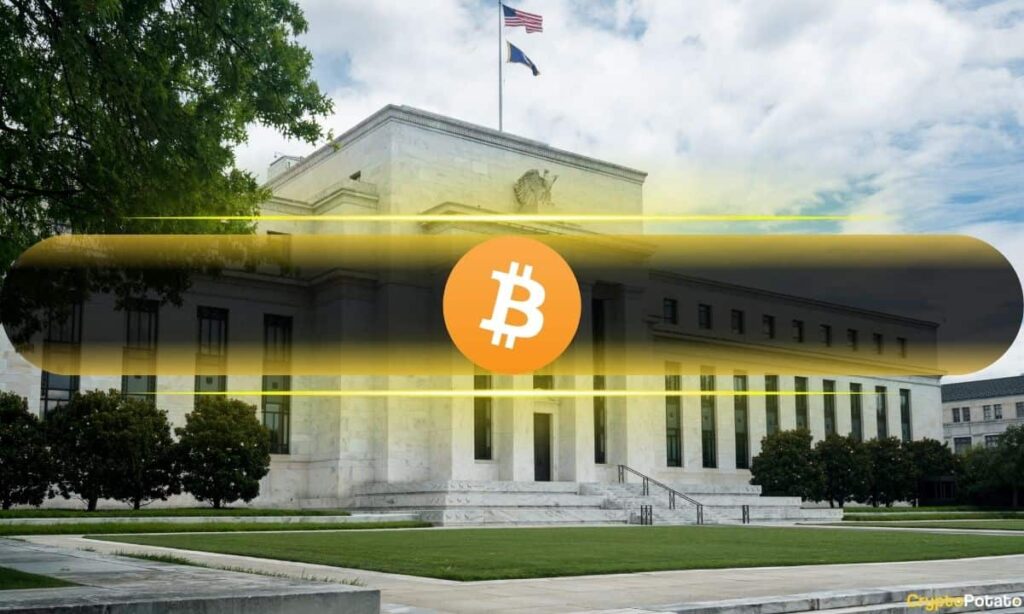Over the past month, Bitcoin has fallen while the Nasdaq and S&P 500 have advanced. Will the bulls return after the taps opened in the spot markets overnight?
Bitcoin is down 6% for the 30 days ending Friday, September 13, while the Nasdaq Composite is up 3.7% for the month’s trading and the benchmark S&P 500 index is up 4% over the same period.
So what’s going on with Bitcoin?
Is Wall Street putting bearish selling pressure on cryptocurrency prices with outflows from Bitcoin ETFs and going shopping with NVDA, TSMC, and ASML money to just bet on chips and let Reddit users figure out the rest?
Are Bitcoin Miners Selling to Cope with Rising Industrial Electricity Costs Since April?
Goldman Sachs economist: 25 to 50 basis point cut
“I wouldn’t rule out a 50 basis point cut, but 25 basis points seems more likely to me,” Goldman Sachs chief economist Jan Hatzius said Monday. “I think there’s a good case for a 50 basis point cut. And the case is that 5.3/8, 5.4/5 to 5.5 percent is a really high federal funds rate. It’s the highest policy rate in the G10.”
Hatzius added that the United States has made more progress on inflation than most G10 countries.
Will Bitcoin Price Rise When the Fed Cuts Rates?
Past results are no guarantee of future performance, but history tends to repeat itself and winners tend to win again. The U.S. benchmark interest rate is a macroeconomic tide that lifts big boats like booming Wall Street stocks and the decentralized internet economy of Bitcoin.
Low-rate macroeconomic environments in the past have been correlated with massive Bitcoin gains. The most exceptional period of return on investment for BTC holders was in the 2010s, when rates were low before the BTC line began on the chart below.
When rates went to zero in 2020, Bitcoin price increased nearly 8x to all-time highs. When the Fed raised rates, Bitcoin stabilized at twice its pre-pandemic level. By the end of 2023, the Fed simply stopped raising rates and Bitcoin went crazy.
Now there’s the cryptocurrency news cycle that has played a big role in this, with years of waiting for a Bitcoin ETF starting to take shape around this time. But the multi-month correlations with monetary policy are tight and consistent with economic supply and demand theory.
The last three four-year Bitcoin supply cycles have seen huge surges with peak prices 12-18 months after the halving. The most recent Bitcoin halving occurred on April 19.
Binance Free $600 (CryptoPotato Exclusive): Use this link to create a new account and receive an exclusive $600 welcome offer on Binance (full details).
LIMITED OFFER 2024 on BYDFi Exchange: Up to $2,888 Welcome Reward, Use this link to register and open a position of 100 USDT-M for free!




